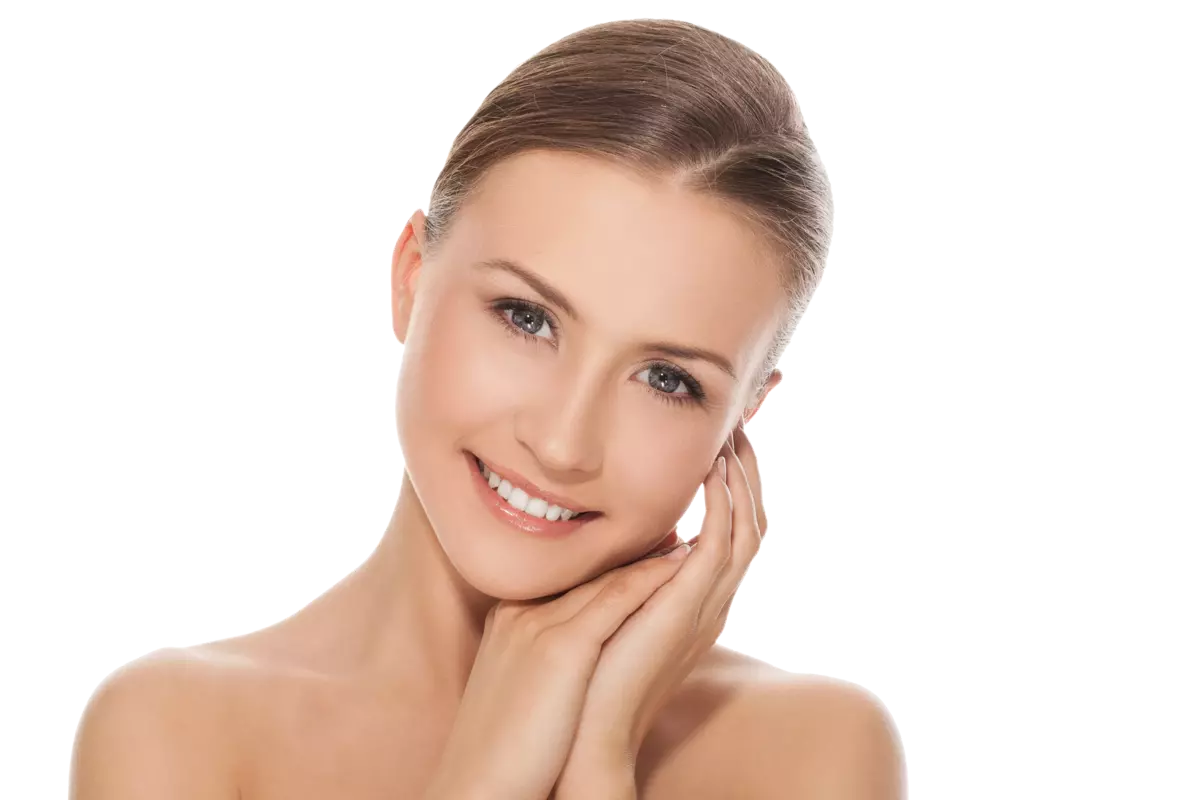Cleansing vs. exfoliation – can facial cleansing be combined with acid exfoliation?
Cleansing vs. Exfoliation – Together or Separate? Is Combining These Treatments a Good Idea?
Facial cleansing and chemical exfoliation are two popular skincare treatments that help maintain a healthy and radiant complexion. Combining them can yield excellent results, but it requires the right approach, knowledge, and adaptation to the skin’s individual needs. Here is a detailed explanation of what to consider, as well as the benefits and risks of such a combination:
What Is Facial Cleansing?
Facial cleansing is a treatment designed to remove impurities, excess sebum, makeup residue, blackheads, and dead skin cells from the skin’s surface. It can be performed manually (manual cleansing) or using devices such as ultrasonic peeling, microdermabrasion, or ultrasonic waves. This treatment helps to open pores, clean the skin, and prepare it to better absorb active ingredients.
What Is Chemical Exfoliation?
Chemical exfoliation involves using chemical agents such as AHA acids (e.g., glycolic acid, lactic acid), BHA (salicylic acid), or PHA (polyhydroxy acids) to remove dead skin cells, smooth the skin, and improve its texture. Depending on the type and concentration of acids used, this treatment can also target deeper layers of the skin, helping to reduce discoloration, acne scars, or fine lines.
Cleansing vs. Exfoliation – Can These Two Treatments Be Combined?
Yes, but under certain conditions:
- Consultation with a Specialist:
Every person’s skin is different, and the decision to combine facial cleansing with chemical exfoliation should be preceded by a consultation with a cosmetologist or dermatologist. The specialist will assess the skin type, its sensitivity, and needs to determine if this combination is suitable. - Skin Condition:
- If the skin is sensitive, irritated, has active inflammation, or open wounds, such a combination may be too invasive and lead to further irritation.
- Normal, oily, or combination skin that tolerates more intensive treatments may benefit from this combination.
- Order of Treatments:
- Typically, facial cleansing is performed first to remove impurities and prepare the skin for deeper action by the acids.
- After cleansing, chemical exfoliation can be applied, but the acid’s concentration and type must match the skin’s condition.
- Type of Acids:
- Gentle acids like mandelic acid or lactic acid are milder and can often be used after cleansing.
- Stronger acids like glycolic acid or salicylic acid should be used cautiously, especially after intensive mechanical cleansing.
- Timing Between Treatments:
- In some cases, it is recommended to separate cleansing and exfoliation into different sessions to minimize the risk of irritation.
- If both treatments are done on the same day, the skin must be carefully monitored for reactions, and soothing and regenerating products should be applied by the cosmetologist.
Benefits of Combining Cleansing with Chemical Exfoliation
- Deep Pore Cleansing:
Manual cleansing removes blackheads and sebum, while acids penetrate deeper into the pores, dissolving residual impurities and exfoliating dead skin cells. - Improved Absorption of Active Ingredients:
Combining these treatments enhances the skin’s ability to absorb nutrients from creams, masks, or serums applied afterward. - Improved Skin Texture:
Acids smooth the skin and create an even texture, which, combined with cleansing, leads to a more radiant appearance. - Reduction of Skin Issues:
This combination can help combat acne, discoloration, or minor post-acne scars.
Cleansing vs. Exfoliation – Risks and Contraindications
- Irritation and Sensitivity:
Combining these treatments may be too intense for sensitive skin, leading to redness, burning, or peeling. - Risk of Hyperpigmentation:
Applying acids to irritated skin (e.g., after intensive cleansing) can increase the risk of discoloration, especially if sunscreen is not used afterward. - Allergic Reactions:
Individuals allergic to certain acid ingredients may experience adverse reactions, which is why a patch test is always recommended.
How to Combine Both Treatments Appropriately
- Choose Gentle Methods: If you combine cleansing with acids, select mild acids with low concentrations.
- Use Soothing Skincare: After the treatment, it is essential to use moisturizing, soothing, and regenerating products (e.g., with panthenol, allantoin, or hyaluronic acid).
- Avoid Sun Exposure: Combining cleansing and acids increases the skin’s sensitivity to UV rays, so using sunscreen (SPF 50) is crucial.
- Don’t Overdo It: This combination of treatments should be done infrequently, e.g., once a month, to allow the skin time to regenerate.
Cleansing vs. Exfoliation – To Combine or Not?
Combining facial cleansing with chemical exfoliation is possible and can bring excellent results, but it requires caution, an individualized approach, and consultation with a specialist. Properly performed treatments help deeply cleanse the skin, improve its texture, and reduce issues such as blackheads or discoloration. However, incorrect combinations may lead to irritation and adverse effects, so it is essential to trust professionals and follow their recommendations.
Compendium of knowledge about Facial Cleansing
- For what type of skin is manual cleansing recommended?
- How to take care of the skin immediately after the cleansing treatment?
- How long does the face, neck and cleavage cleansing treatment take?
- What is the optimal amount of facial cleansing?
- What treatments are worth using to extend the cleansing effect?
- What is the minimum interval between manual cleansing treatments?
- For which type of skin is manual cleansing not recommended?
- Is it possible to cleanse the skin on tanned skin?
- Can I do facial cleansing with cold sores?
- Can you combine skin cleansing with cavitation peeling?
- Can you combine facial cleansing with oxybrasion?
- Can you combine manual facial cleansing with hydrogen cleansing?
- Can I use cleansing on acne-prone skin?
- Can you combine facial cleansing with acid exfoliation?
- How long will the skin cleansing effects last and how can this time be extended?
